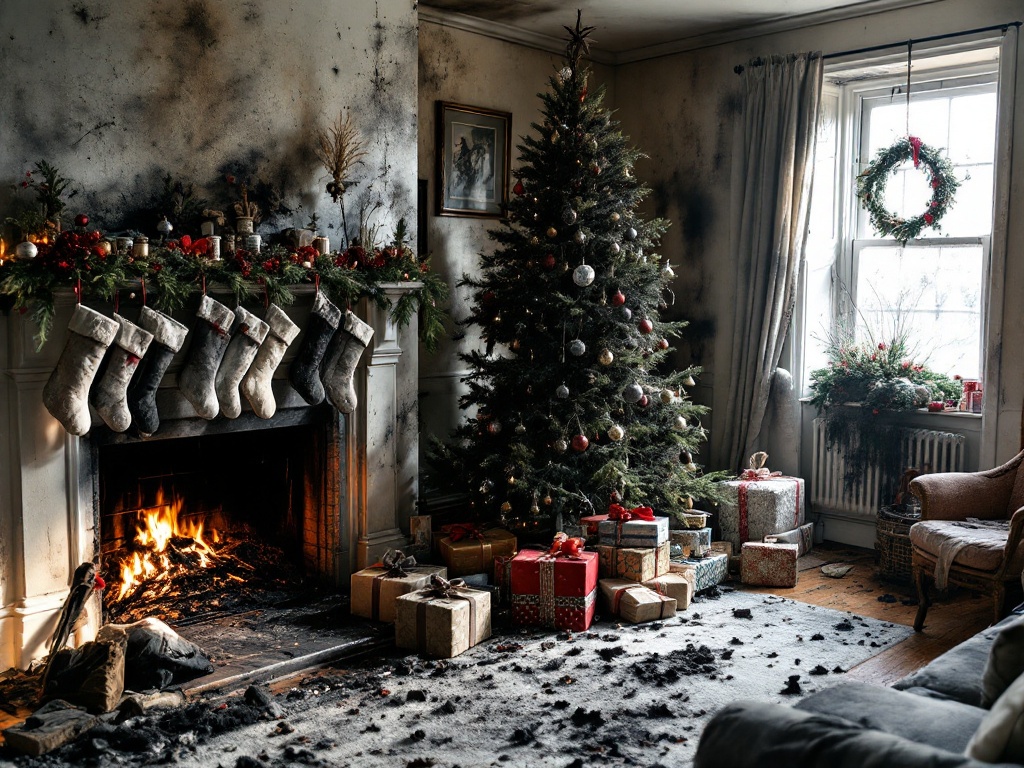Fire damage cleanup is a complex process that goes beyond mere cleaning. It involves a scientific approach to restore properties safely and effectively. Let’s delve into the science behind fire damage cleanup and understand the steps involved in this meticulous process.
1. Assessing the Damage
The first step in fire damage cleanup is a thorough assessment of the affected area. Professionals evaluate the extent of the damage, identifying structural issues, soot accumulation, and smoke penetration. This assessment is crucial for developing a tailored cleanup plan.
2. Understanding Soot and Smoke Residue
Soot and smoke residue are not just unsightly; they can be harmful to health and property. Soot is composed of carbon particles resulting from incomplete combustion, while smoke residue contains a mix of chemicals. Understanding their composition helps in selecting the right cleaning agents and techniques.
3. The Chemistry of Cleaning Agents
Fire damage cleanup involves using specialised cleaning agents designed to break down soot and neutralise odours. These agents are formulated based on the chemistry of the residues they target, ensuring effective removal without damaging surfaces.
4. Air Quality Restoration
Restoring air quality is a critical aspect of fire damage cleanup. Professionals use air scrubbers and purifiers equipped with HEPA filters to remove airborne particles and contaminants. This process helps eliminate lingering odours and improves indoor air quality.
5. Structural Integrity and Restoration
Fire can weaken structural elements, making it essential to assess and restore them. Engineers and restoration experts work together to reinforce or replace compromised structures, ensuring the building’s safety and stability.
6. The Role of Technology
Advanced technology plays a significant role in modern fire damage cleanup. Thermal imaging cameras help detect hidden damage, while ozone generators and hydroxyl machines are used to deodorise and sanitise spaces effectively.
Conclusion
Fire damage cleanup is a scientific process that requires expertise and precision. By understanding the science behind it, homeowners can appreciate the complexity involved and the importance of professional intervention. With the right approach, properties can be restored to their former glory, ensuring safety and peace of mind.




